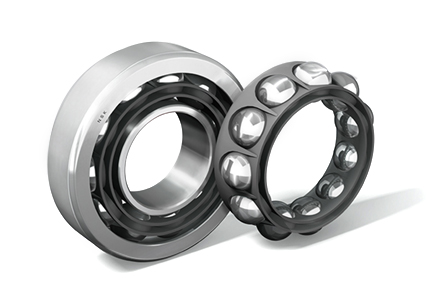Summary:
Understanding the Different Between a Bearings Ring and a Bearing Ring
A bearing ring refers to any type of spindle-ty...
Understanding the Different Between a Bearings Ring and a Bearing Ring
A bearing ring refers to any type of spindle-type or rotary wheel assembly that provides a counterbalance to a load by counteracting its movement with the rotation of a fixed spindle. The bearing ring's purpose is to provide friction reduction between two rotating forces so that they may operate more precisely and smoothly in their relationship to each other. It achieves this by reducing the effect of rolling torque on the spindle, which is proportional to the square of the distance between the centers of the rotation.
If the bearing ring isn't directly connected to a power supply, then it acts like a free-standing device. Under normal circumstances, it should be assumed that all of the force generation by the system does not come from any one part. In this case, it is unnecessary to specify any type of bearing ring. The bearing ring only becomes relevant when the component being supported is in motion. In this situation, there is no mechanical connection between the system and the bearing ring, and the purpose of the bearing ring becomes secondary.
Bearings can be of different types such as flat, cylindrical, and radial bearings. In flat bearings, a small round ring surrounds a large flat portion of the shaft. Cylindrical bearings have a similar design to flat bearings but are surrounded by an inner ring. Radial bearings are very similar to cylindrical bearings in that they both use an inner ring but their function is different because the inner ring can apply forces to the shaft.
All three different types of bearings can have various different clearance requirements based on their shape and design. When you have a bearing ring that is not connected to a shaft, the clearance is derived from the spacing between the inner and outer rings. The clearance is measured in inches and should be specified on the manufacturing document so that you do not have any misunderstandings regarding the clearance. On the other hand, when the bearing ring connects to a shaft, the clearance is derived from the clearance of the housing. Housing generally has a clearance of two inches to six inches depending on the design of the housing.
Bearings with inner rings are designed to reduce friction and heat transfer. If the bearing ring has an outer ring that is designed to prevent heat transfer, then it is called a stationary load. A stationary load does not move because it has no bearing to provide friction or heat transfer. However, there are many examples where stationary loads are used and they are called non-free-standing loads.
There are several advantages of choosing between a ball bearing ring and a bearing ring with an inner ring. First, the inner ring reduces friction and heat transfer because the ring is sealed from the majority of external forces. The second advantage is that an inner ring allows for a lower number of bearing components to be installed. A ring can be installed on top of a non-load bearing wall or it can be installed inside a wall. Thirdly, the inner ring is made of thicker material and therefore provides better sealing than the outer ring. Fourthly, it provides a higher degree of thermal expansion than a ball bearing ring because of the sealing properties of the material.


